When I first told my friend (and 3-child parent) that I was expecting another baby, she asked me if I had “forgotten” that I was pregnant yet. I laughed, because I was in the first trimester, and was so miserable that it was pretty much impossible to forget.
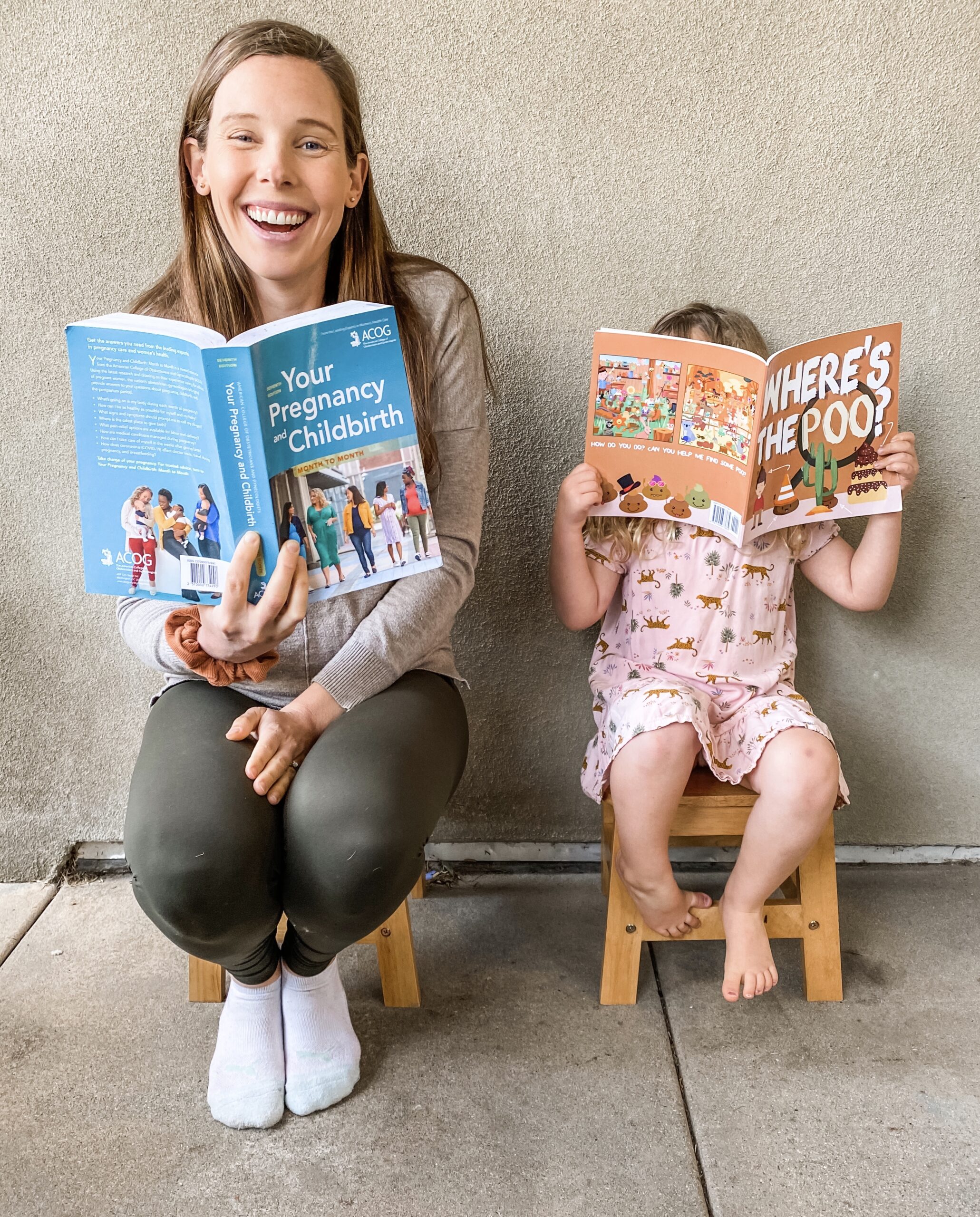
But now, 29 weeks in, I see what she meant. My kids are almost 2 and almost 4 and I have no family in the area. Things are busy. Some days I wake up, and fall asleep at the same time my kids do. I am spending so much of my mental energy trying to figure out how to keep everyone fed, watered, bathed, and safe, that I often do forget that there’s another one on the way.
But I’m getting to the point where I really need to take a step back and check in with myself, and this little fetus of mine. Because even though the baby in my belly may be the easiest one right now (guys, he hasn’t talked back to me once!), that won’t be the case in a few months, and I really do owe it to myself to make sure I’m as prepared as possible for his arrival.
So, in an effort to remind myself of the steps I took the last few times around to ready myself, my home, and the rest of my family for a new arrival, and possibly as a support for some of you, I am going to break down how I prepped for babies 1, 2 and 3, as well as what I wish I had skipped, or done differently the first and second time around.
Baby #1
My first pregnancy resulted from fertility treatments (specifically Letrozole and an HCG trigger shot). It was also initially a twin pregnancy, and I lost the second baby around 10 weeks. While I didn’t have a ton of morning sickness the first time around (I was a little nauseous and more tired than usual), I did spend a lot of time worrying that I would lose the healthy twin as well.
Because of this, I didn’t really put a ton of energy into actually preparing for the impending arrival of my first child, until I had my anatomy scan at 20 weeks and realized, “Holy smokes! There’s actually a kid in there!”
Prenatal Books and Classes
After this ridiculous and long-overdue realization, the first, and best, thing I did was enroll in a local Bradley Method class for expecting parents. The Bradley Method is a usually-in person course all about preparing moms for a natural (aka drug-free), partner-supported birth. But before I go further, I want to preface this with the fact that I never intended on having a “drug-free” birth, and I didn’t back down on that desire. I did, however, find all of the information provided in this course super informative and beneficial, and even though I personally diverged from a lot of the things the Bradley Method recommends, I felt really empowered by the information I received. AND, the best part of the experience by far was that my husband and I (who were the first of our close friends to become parents) were able to meet, and go through this journey with, several other like-minded couples: a few of which we (and our kids) are still friends with today.
To sum it up as briefly as possible, The Bradley Method course taught me how to eat to support a healthy pregnancy (protein first ladies!), how to prepare my body for an easier labor (lots of stretching, cat-cows, and bouncing on a yoga ball), and, most importantly, what to expect before, during, and after labor (For me the most unexpected highlights were the descriptions of what contractions really feel like, how to know if and when you’re dilating, what the placenta does, looks, and feels like, and how to care for stitches in some pretty sensitive areas…).
The only think I didn’t love about the Bradley Method was that it sometimes depicted the medical community in a bit of a sinister or “out to get you” kind of way. I come from a pretty “medical” family, and also have a close and trusting relationship with my care team, so while I agree that patients need to be aware of their choices (and the consequences of those choices) in order to advocate for themselves, I think it’s more than possible to do just that in respectful partnership with the medical professionals whose main job it is to keep you, and your baby, safe.
If there aren’t any in-person Bradley classes happening in your area (or if they can’t happen because of Covid), you can purchase the book on which the class is based (Natural Childbirth The Bradley Way) here. The class also included a workbook which I found to be very helpful, but I think you would have to get in touch with a Bradley instructor in order to get your hands on it.

At the end of my pregnancy, I also enrolled in the baby-care and infant CPR class at my local hospital, which I would also highly recommend to any new moms out there (I have taken a virtual refresher course, and felt like I still got a lot out of it in that format as well).
Most Importantly: CONNECTION
But even more than the the books and the classes and the trying to maintain a healthy diet, the number one most wonderful thing I did before having my first baby, was making an effort to meet other moms who were also expecting their first babies. I will be forever grateful to my lovely friend Kelley who found out I was pregnant and immediately set me up on a friend date with her equally pregnant pal. The friendship of both of these women was absolutely life-saving to me during the first few months of new parenthood, and today, and I honestly don’t know how I would have gotten through some of the tougher stages and phases without them.
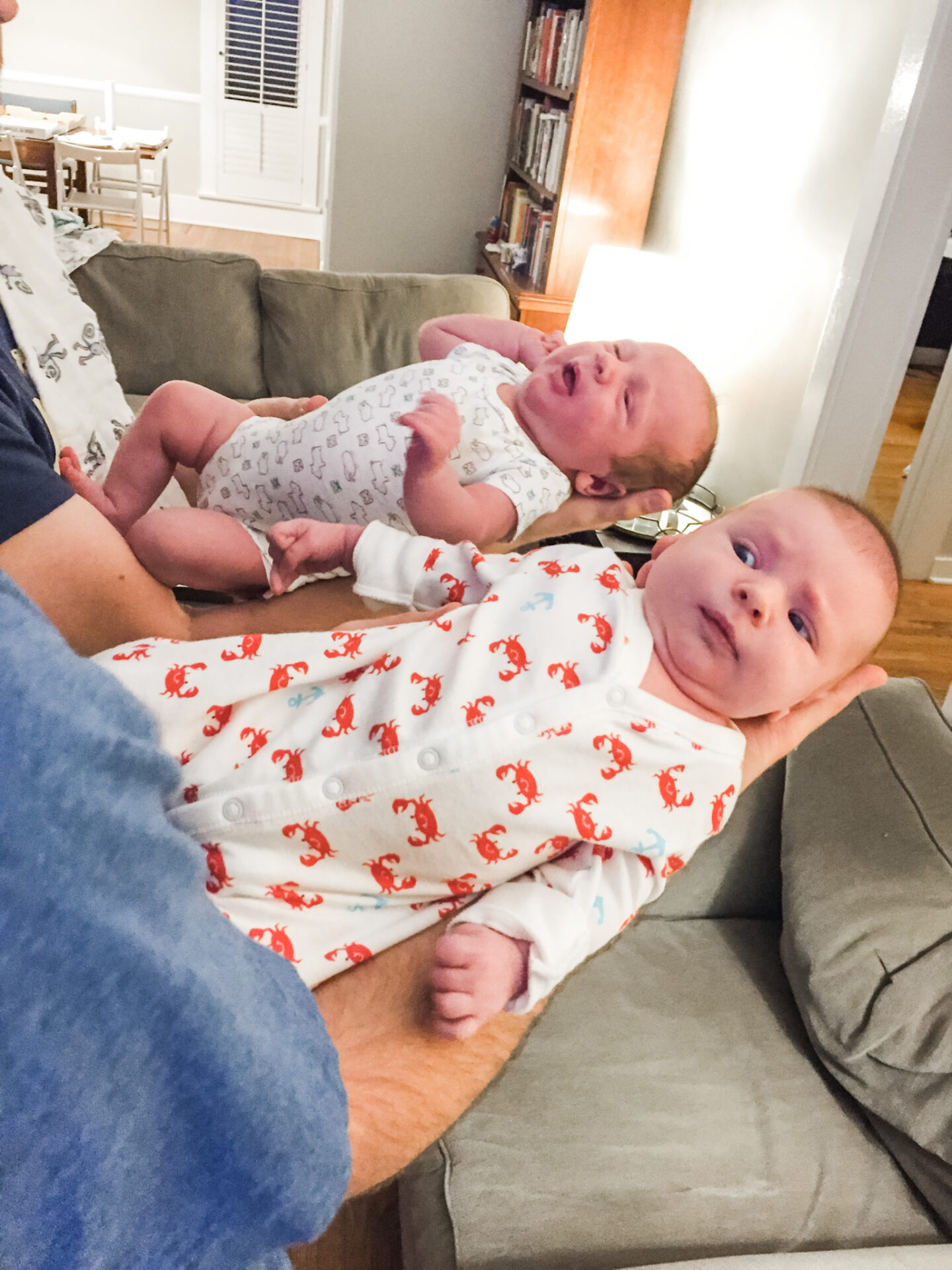
In addition to nurturing the friendships I already had, I also spent much of my the first few postpartum months searching high and low for any and every opportunity to connect with other new moms. I joined this new mom’s group at the hospital where I delivered, the mommy and me class at my local JCC, and my local branch of Fit-4-Mom, which I still participate in almost four years later. I have also heard wonderful things about The New Mom School, which just expanded into my area, and while I didn’t enroll after my first baby, I probably will this time around. Overall, if I learned anything that first time around, it’s that new moms need other new moms, and that putting yourself out there is always worth it.
Baby #2
As they say, every pregnancy is different, and this has certainly been the case for me. My second pregnancy was incredibly difficult (physically and emotionally) and I was in total survival mode until well into the second trimester. When I finally stopped puking, fainting, and stressing, I managed to drag myself to a Bradley refresher course, as well as another round of infant CPR, and was pretty proud of myself for that meager achievement.
The Induction Option
The second time around, I also had the experience of a previous birth, and I knew that A) I make big babies, and B) the epidural didn’t really cut it for me. So, I advocated for myself and made a plan with my doctor to do everything we could to “naturally” jump start labor well before 41 weeks (which was how long I went the first time around). Together, my doctor and I decided that if all the other tricks failed, we would induce me around 39 weeks.
I am not a doctor, and I know that there are definitely some risks associated with early induction, but I can honestly say it was one of the best decisions I have ever made. My labor with my son was so easy I would almost call it enjoyable. I felt rested, mentally present, and I was able to immediately connect with my son in a way I wasn’t physically or emotionally capable of after the birth of my daughter. While I hope to do it the same way this time around, I know that every birth is different, and won’t be holding my breath for an equally-enjoyable experience.
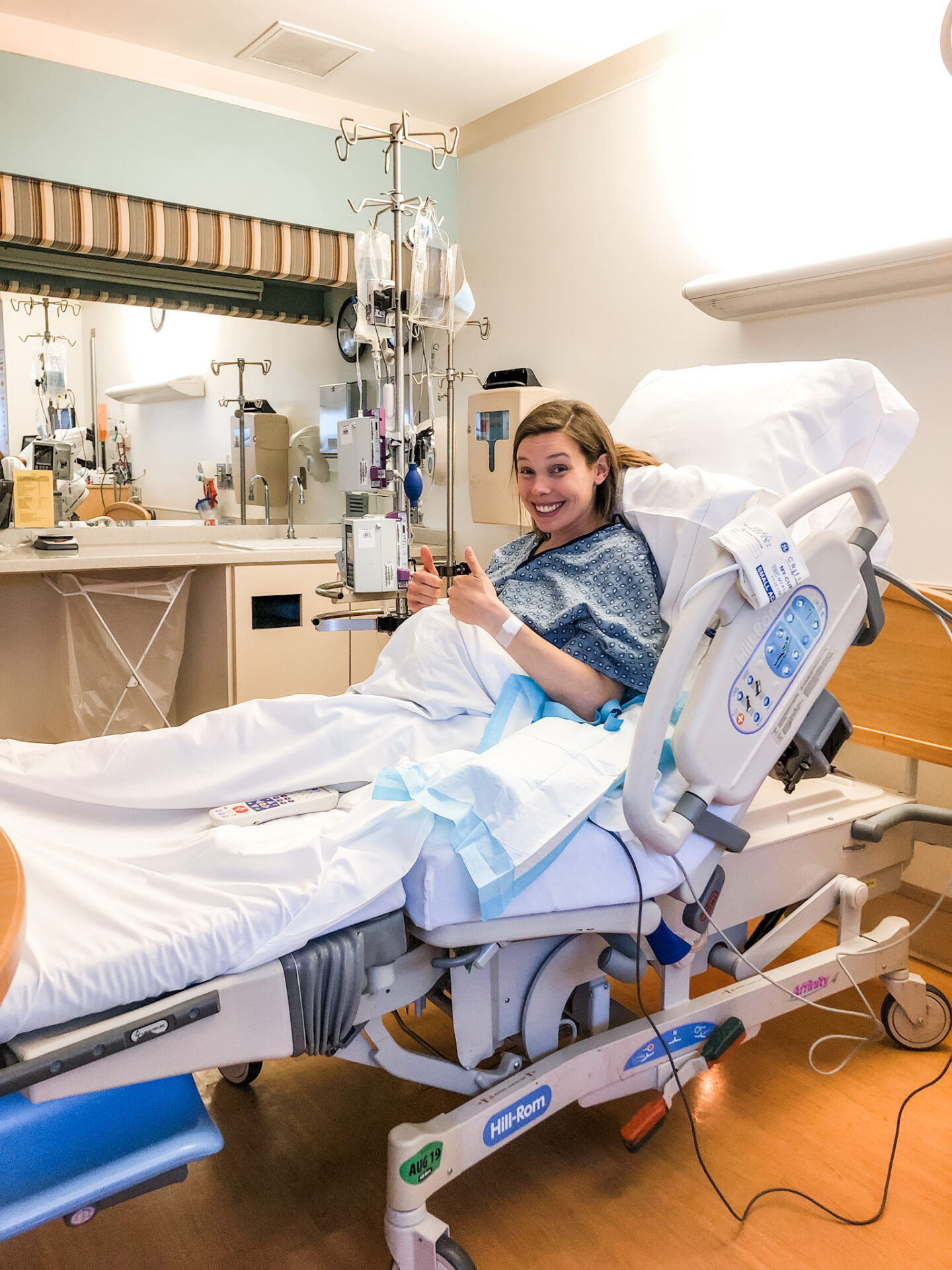
Better Postpartum Prep
While, the second time around, I prepared for the birth itself in many of the same ways as I did the first time, my preparation for the postpartum period was vastly different. With my first, I was so worried about the actual birth part that I didn’t spend a ton of time thinking about what came after. And with my second, I knew that what comes after is, in many ways, much more challenging than the birth itself.
So, early in pregnancy #2 I spent a lot of time setting up my support systems. I made sure I had family members lined up to help during the first 6 weeks with baby, and babysitters waiting in the wings for emergencies. I conferenced with my daughter’s daycare teachers, and made sure that we worked together to help get her be as ready as possible for the huge change that was coming her way. I enrolled in all the new mom classes, and pre-arranged playdates with friends because I knew that being social and connected would be crucial to my mental health.
Newborn Sleep
I also purchased a few baby sleep books, including Babywise and The Baby Sleep Solution, and started following, and learning from, one of my favorite baby bloggers, The Peaceful Sleeper. While I know decisions surrounding sleep training are always deeply personal, my biggest tip to other new moms is always to LEAVE BABY ALONE unless they are really letting you know they need something. Most baby sleep books are centered around the theory that babies need to learn to self-soothe, or be gently soothed by you (aka putting your hand on their chest and rocking and shushing them back to sleep) in order to eventually become good, independent sleepers. (Related side note: if you buy one dumb baby gadget, make it The Shusher. Trust me.)
Again, I know that lots of moms are against the self-soothing ideology and prefer to co-sleep / nurse around the clock, but for me, good postpartum sleep has always been the most crucial component of bolstering my mental health and staving off the baby blues / PPD, so I’ve always tried my darndest to encourage my babies to SLEEP, in a way that was minimally traumatic for everyone involved.
Fostering an Independent Baby, and a Supported Mama
I also decided the second time around to be more diligent about trying to get baby to take a pacifier early on (self-soothing means better sleep for mom), and introducing the bottle early, and regularly, so that I didn’t have the bottle aversion issues I had with my daughter (and so I could leave the house for more than 45 minutes at a time… which is also an important component of maternal mental health). I also made an appointment with a lactation consultant before I gave birth, as a reminder to myself that it’s completely normal to struggle with feeding your baby, and it’s always OK to ask for help.
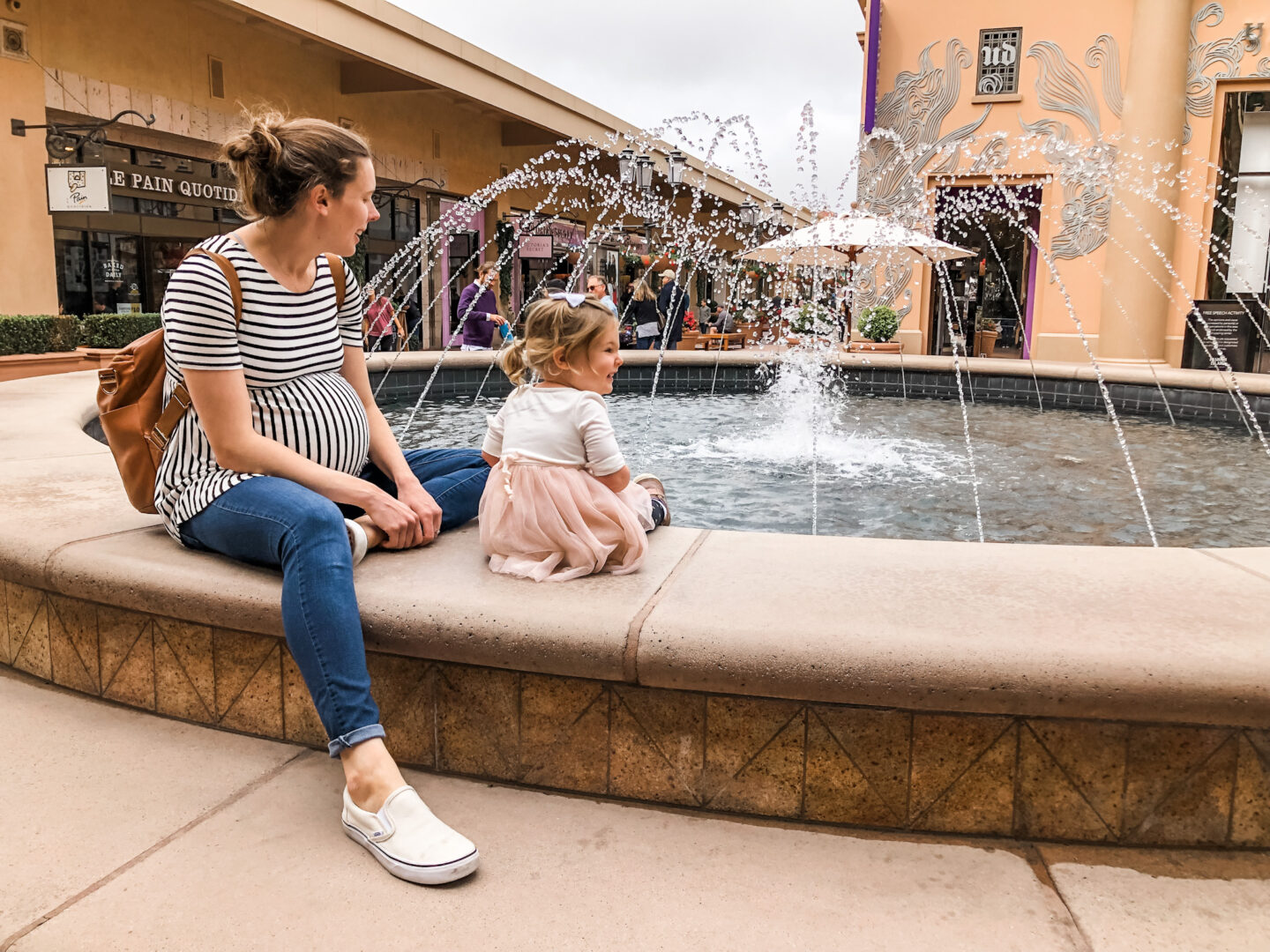
And then, after all of this preparation and diligent forethought, my son was born with terrible reflux. And he didn’t sleep. And he got approximately 600 viruses and infections, as well as meningitis, and was hospitalized in the PICU for a week. But, in the end, that’s probably the most important thing that preparing for my second baby taught me: that no matter how “prepared” you think you are, there are always going to be curveballs, and that the absolute best preparation we can do as soon-to-be parents of new little ones is to accept, and come to peace with, the fact that so much of it is completely and utterly out of our control.
Baby #3
When I first imagined myself having a third baby, I pictured myself surrounded by a thriving and vibrant community of new and experienced mothers, support providers, teachers and friends. But then 2020 happened, and the pandemic that I was “sure” would be resolved by April, has yet to be resolved.
And I think, in a way, it’s all been really good for me. Because while my son’s early trials and tribulations introduced me to the hard truth that I am not, in fact, the protagonist of reality, 2020 has really hammered it home.
Do I have in place the support system I will need in order to manage two kids and a new baby in a healthy way? Nope. Will I have access to in-person networks and communities of new moms to help me feel connected and seen? Probably not. Will my son and daughter have social outlets that I deem safe as the parent of an infant with virtually no immune system? HECK NO! But we’re doin’ it anyway!
Because to me, life is all about making choices, and the most rewarding choices are usually the most reckless ones. So while I’m still going to my Fit-4-Mom classes, trying my best to connect with other pregnant mamas, doing my yoga, and rallying as many of my support systems as I can, I know that this time around is going to present a unique set of challenges that I just plain can’t prepare for.
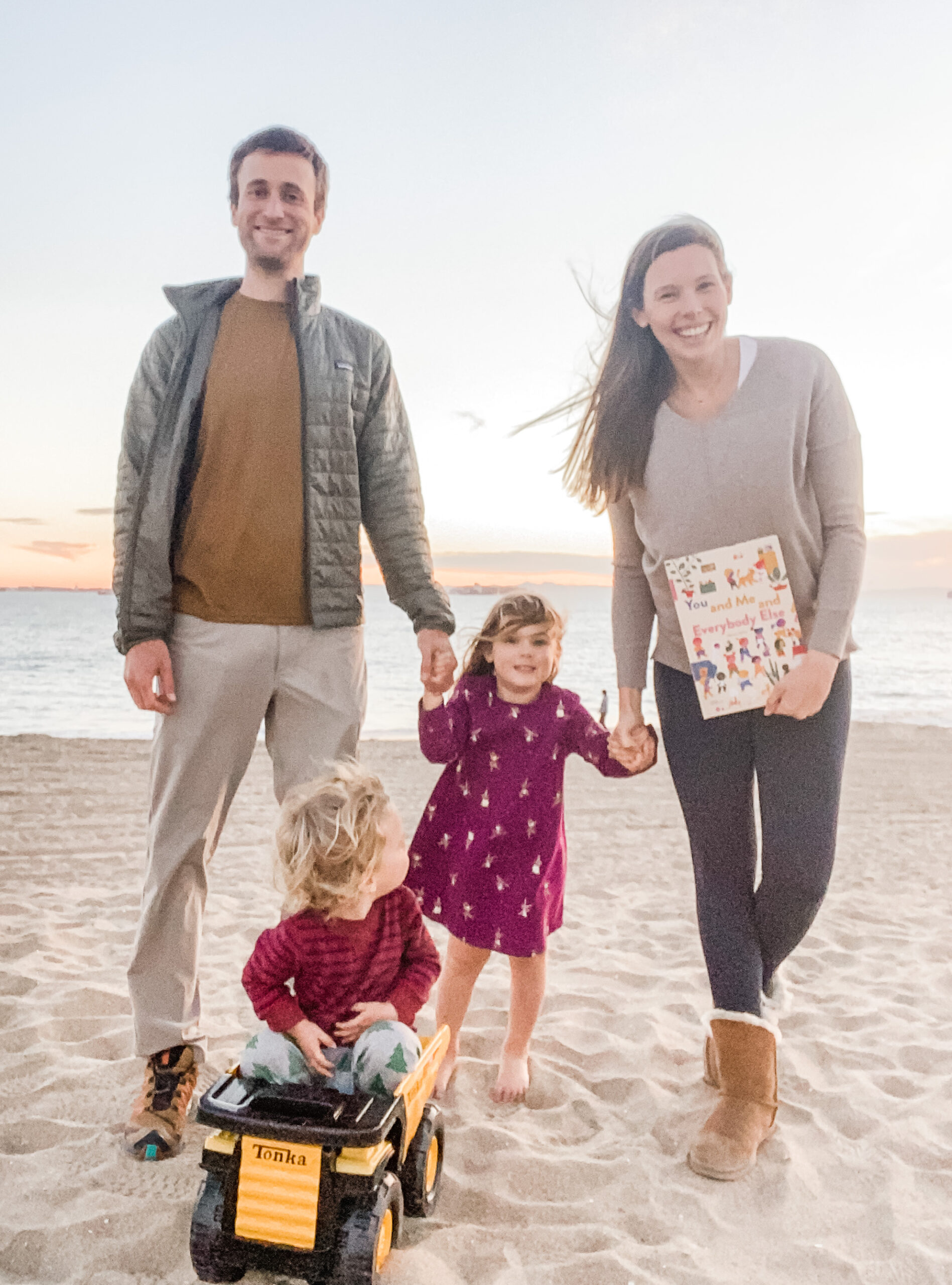
We did, however, rent the SNOO. If you don’t know what that is, look it up, and judge me if you will, but we’re parenting in a pandemic so I’m allowing myself this luxury.
Thanks for reading, and for following along on this journey with me! Next week I will be writing a post about some of the pregnancy and postpartum products I’ve used and loved, so be on the lookout for that!
Much Love,
Katherine